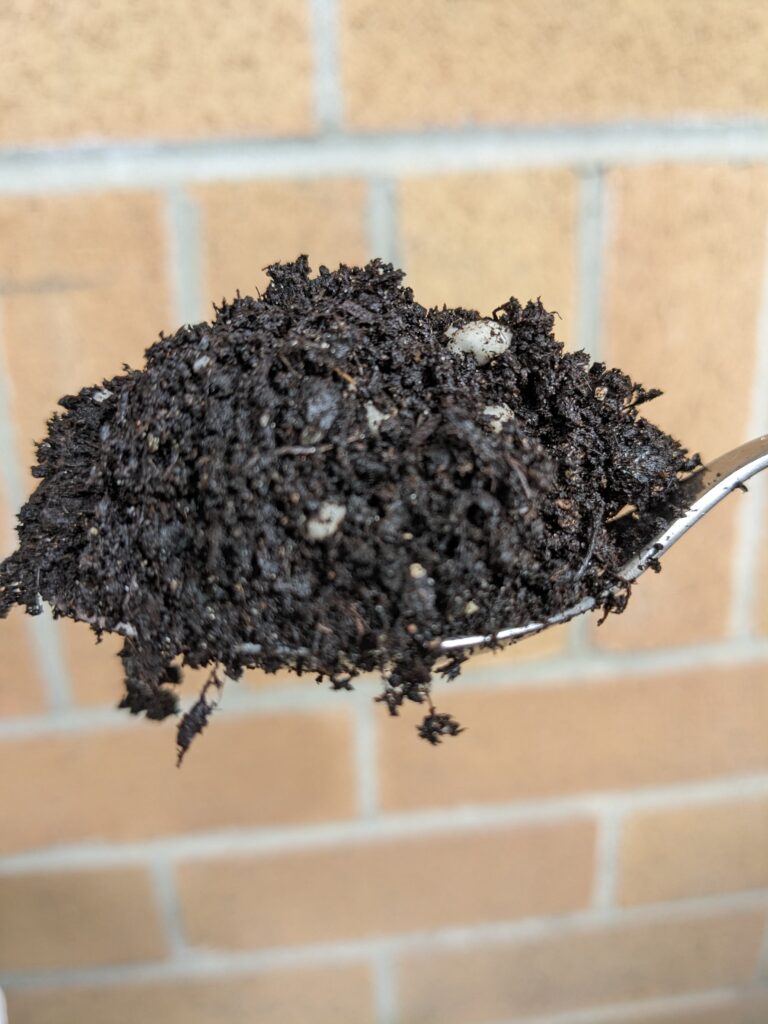Before you can cultivate a thriving vegetable garden, it’s essential to understand the foundation upon which your plants will grow: the soil. May is a great time of year to do just that. Evaluating your soil’s characteristics and composition is crucial for determining its suitability for vegetable gardening and identifying any necessary amendments. Here’s a step-by-step guide to help you assess your soil effectively:
1. Visual Inspection: Start by visually examining your soil. Is it loose and crumbly, indicating good tilth, or is it compacted and hard? Look for any signs of erosion, compaction, or excessive clay content, which can hinder plant growth.
2. Texture Test: Determine your soil’s texture by taking a handful of moist soil and rubbing it between your fingers. Sandy soils feel gritty, silt soils are smooth and flour-like, and clay soils feel sticky and dense. A loamy soil, ideal for gardening, has a balanced mix of sand, silt, and clay. Consider adding vermiculite or coconut coir to sandy soil.
3. Drainage Assessment: Test your soil’s drainage by digging a hole approximately one foot deep and filling it with water. Observe how quickly the water drains. Excessively fast drainage may indicate sandy soil, while slow drainage suggests clay soil, both of which may require amendments to improve water retention. Consider adding perlite, peat moss, compost, or sand to help prove drainage.
4. pH Testing: Use a soil pH test kit to measure the acidity or alkalinity of your soil. Most vegetables prefer a slightly acidic soil pH ranging from 6.0 to 7.0. Adjustments may be necessary if your soil pH falls outside this optimal range. Consider adding Aluminum Sulfate to alkaline soil, or Garden Lime to acidic soil.
5. Organic Matter Content: Assess the amount of organic matter present in your soil by observing its color and texture. Dark, crumbly soil indicates a high organic matter content, while light-colored, sandy soil may benefit from additional organic amendments to improve fertility and structure. Consider adding manure, compost, straw, mulch, or peat moss to help improve organic matter content.
6. Soil Compaction: Check for soil compaction by probing the soil with a shovel or soil auger. If the tool meets resistance or if water pools on the surface rather than infiltrating, compaction may be present, restricting root growth and nutrient uptake. To reduce compaction, consider aeration and not using heavy machinery when the soil is wet. Also consider vermicomposting (aka worm casting) to help improve soil aeration.
7. Nutrient Levels: Conduct a soil test to determine the levels of essential nutrients such as nitrogen, phosphorus, and potassium. Soil testing kits or professional laboratory analysis can provide accurate measurements, guiding your fertilizer application to meet your plants’ needs without over- or under-applying. Consider adding bone meal, blood meal, alfalfa meal, or kelp meal to help improve nutrient levels.
8. Biological Activity: Assess the presence of beneficial soil organisms, such as earthworms, which contribute to soil aeration and nutrient cycling. Healthy soil teeming with diverse microbial life supports robust plant growth and overall ecosystem health.
9. Observation Over Time: Regularly observe and interact with your soil throughout the gardening season. Note any changes in soil structure, moisture levels, or plant health indicators, adjusting your management practices as needed.
By continually evaluating your soil using these methods, you’ll gain valuable insights into its properties and condition, empowering you to make informed decisions to optimize your vegetable gardening. Remember that soil improvement is an ongoing process, and with care and attention, you can cultivate a flourishing garden that yields abundant harvests year after year.

